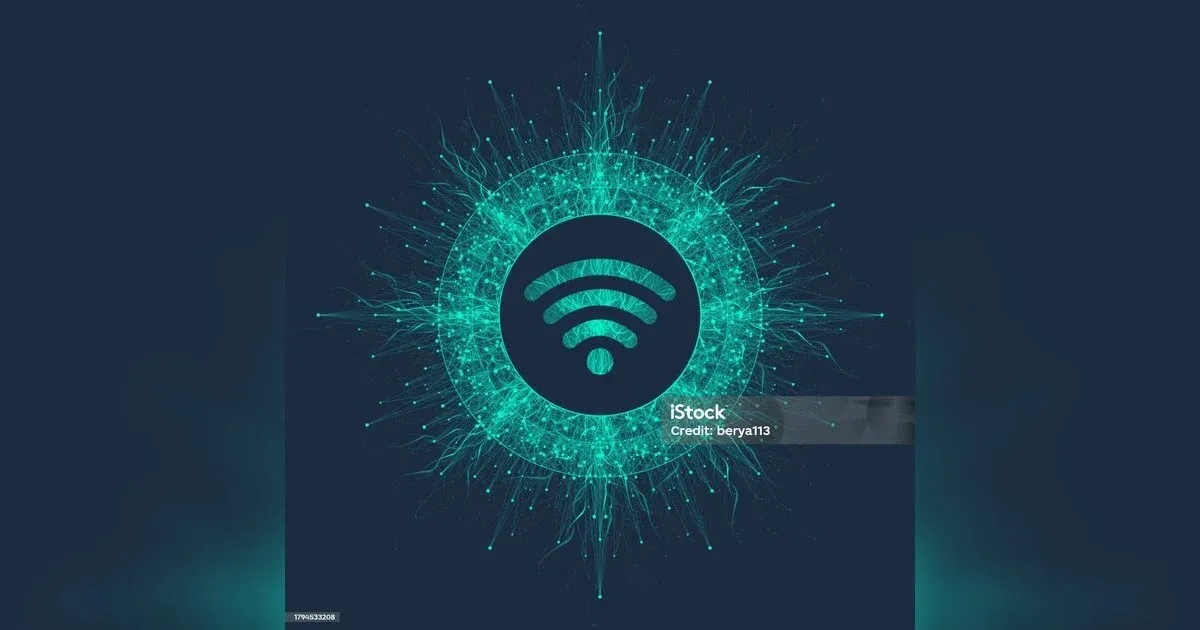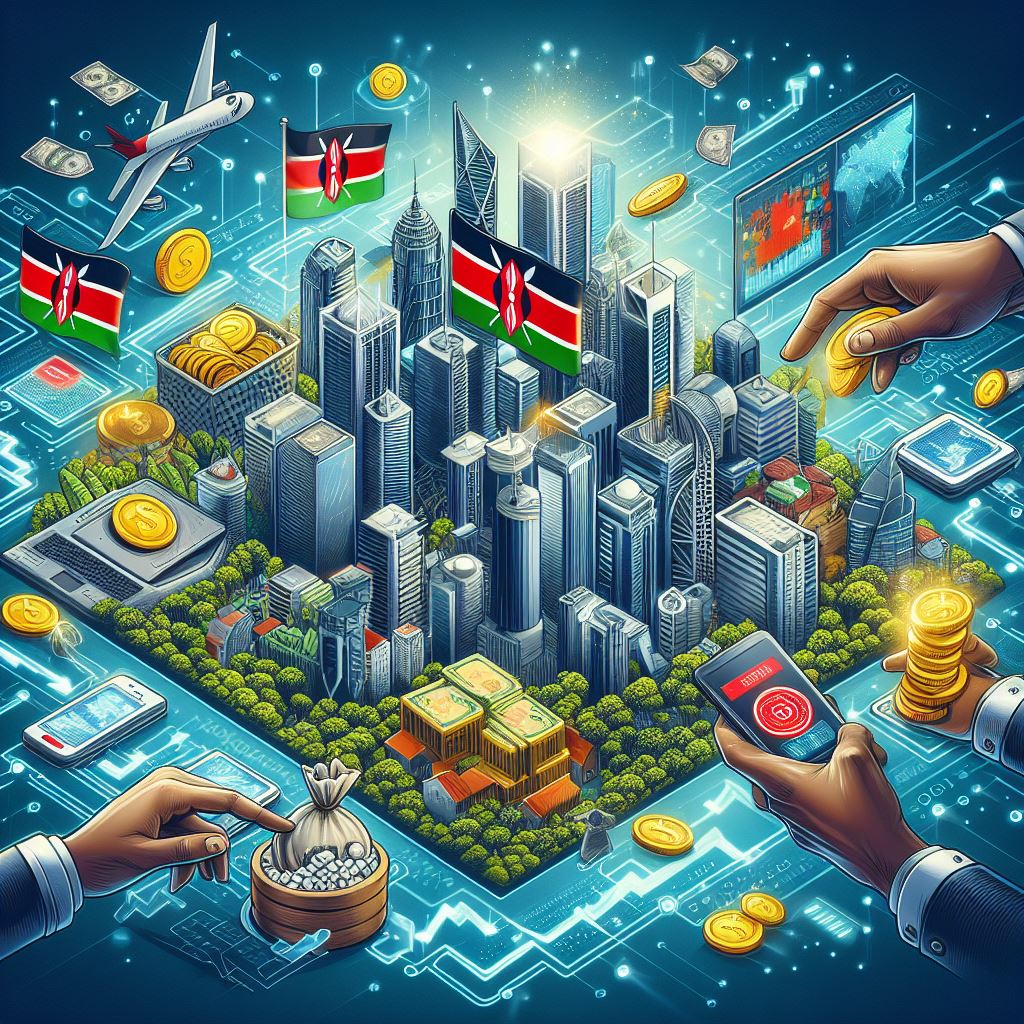The journey from the nascent days of wireless communication to the cutting-edge capabilities of 5G illustrates a remarkable evolution in technology.
1. Introduction to 5G Technology
Historical Context and Evolution: The evolution of technology from basic wireless communication to the more advanced telecommunication technology today such as 5G shows that the technology has greatly developed. Wireless communication technology has evolved through different generations each of which have greatly improved the communication experience. Starting with as basic as 1G that could only support voice calls and up to the innovative 4G that brought Internet and streaming services into the picture each stage represents progression in connectivity. The implementation of 5G can be considered as the final point in the development that was going on for the past few decades with the unmatched speeds and connectivity. Knowing this evolution, one is not only aware of what can be achieved since the development of related technologies but also the roots of todays digital world.
Key Features and Capabilities: 5G is exceptional for it has the high bandwidth that is faster by a couple of orders than the previous versions with the theoretical maximum of 10Gbps. This high-speed data transfer comes with the lowest possible latency sometimes getting as low as 1millisecond thereby facilitating near real time communication between devices. Further, due to network structure, 5G can handle a numerous number of connections at a time making IoT devices more common. Such capabilities are poised to revolutionalise how we interface with technology including virtual & augmented reality applications, and real-time analytics in multiple areas.
2. The Impact of 5G on Industry and Society
Transformative Effects on Industries: This mini-proposal focuses on 5G that is an innovative technology that has the potential of altering the course of many industries. Telemedicine and other remote surgeries become affordable as latency issues decreases along with higher data transfer rates thereby improving the effectiveness of diagnosis and intervention. Promisingly, the manufacturing process should be made much smart through efficiency of the 5G network that supports operational monitoring and control. Transportation will also experience major progress, self-driven cars depending on the low delay of the 5G for secure performance. These examples originate from the article all proving that the use of 5G will reduce costs, spur innovation and shape new business models in industries.
Societal Implications and Changes: Apart from industry effects, 5G offers the opportunity to change the norms of society and cityscape. Improved conduction results in smarter cities which implies that the infrastructures and services in the cities will be more intelligent. The impact of economic growth that will be caused by 5G is anticipated to result in generation of employment opportunities and adoption of new solutions. But this rapid transformation also poses the problems like the need to bring changes in the infrastructure that supports it and needs to deal with issues related with equity in accessing this technology. It will therefore be strategic to manage these changes more intentionally as 5G becomes mainstream in the hope of achieving more solutions-based transformation for everyone’s progress and prosperity.
3. Innovations on the Horizon: What Comes After 5G
Emerging Technologies and Their Synergy with 5G: From the future perspective, several technologies may be viewed as the next steps in the wireless communication development beyond the 5G. There is already a concept of the following generation of networks, 6G, where the data transmission rates are expected to be even higher, energy consumption is expected to be even lower and connectivity even stronger. In parallel to 6G, satellites are also considered to share affinities of global connectivity and augment terrestrial networks. These are the technologies which are poised to complement 5G and to expand upon the prospects that it offers. These innovations will be integrated to make the coming phase of connectivity, with more innovative frontiers explored than what is being registered today.
The Future of Wireless Communication: Visions and Predictions: In Wireless Communications there is a lot to look forward to as the future holds much promise. Other futuristic possibilities are using AI as the extension of network management with the ability of self-optimization of networks on the fly. Moreover, further development of 5G in collaboration with other technologies – blockchain and quantum computing can be considered as the opportunities to have more secure and efficient communication. Looking to the future with these predictions all means that there is always a possibility to make new and innovative breakthrough that will define the future of the digital world.
4. Challenges and Considerations in the 5G Era
Technical and Logistical Hurdles: However, there are some technical and logistic challenges that are associated with the deployment of 5G as described below. High investment and infrastructure development for the deployment of several small cell sites to satisfy the demand of densely populated areas are essential in 5G. Spectrum allocation and management are also another contentious factors because the radio frequencies used by 5G is even more expansive and challenging. Overcoming these challenges requires not only development of appropriate technologies but also cooperation of all the players of the market in order to avoid severe problems in implementing 5G networks.
Regulatory and Security Concerns: The roll out and advancement in 5G has come with it social legal issues which need to be looked at with a lot of concern. There is therefore need for governments and regulatory authorities to come up with policies that will address this problem while at the same time encouraging innovation. The growing complexity and interconnectivity of devices that are involved also create possibilities of data leakage and cyber-attacks, so there is need for adequate security measures to be put in place. In the same regard, policy making on spectrum utilization and infrastructure deployment will be instrumental parades deciding the successful delivery of the 5G technology. Meeting these concerns needs to be addressed to avoid aggravation of current existing or future insecure and unequal new generation digital environment.
Conclusion: The Path Forward
Summary of Key Points: In our closing remarks we would like to look at what 5G is and what opportunities it opens up for various sectors of our society. The features like connectivity, speed, and efficiency made available by the 5G can be said to be the next major landmark in the use of wireless connections. These changes make us aware of the big picture as far as industry and society are concerned and also to recognize the current issues and future prospects.
Call to Action and Future Outlook: In this case, stakeholders have to forge ahead and ensure that more efforts are made to address some challenges which are likely to be encountered in the realization of the benefits of 5G technology. Ensuring that the company is updated with changes occurring in the market, and engage in conversations regarding the prospects of connectivity will be essential. Applying innovation and dealing as a preventative measure with the difficulties that could arise will allow making proper use of the possibilities of 5G and further, creating a connected and effective future.


























